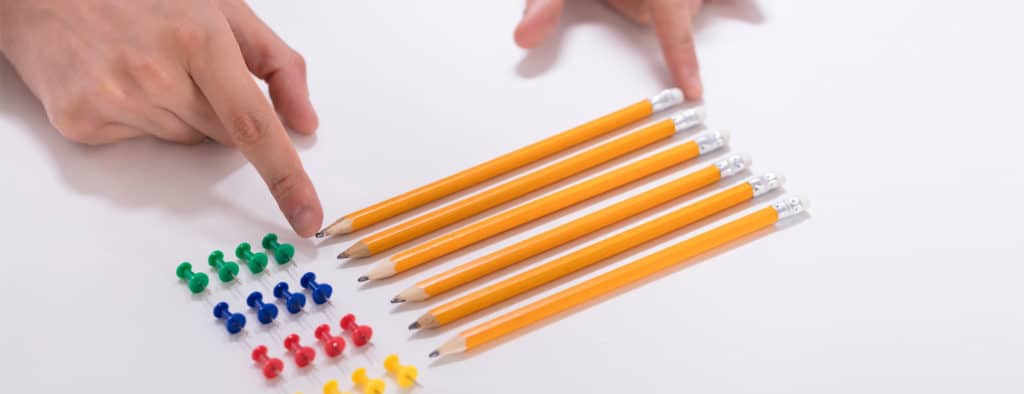
If you suffer from Obsessive Compulsive Disorder (OCD), Exposure and Response Prevention (ERP) is a technique you can use, both together with your therapist and as a self-help technique at home. Research shows that OCD is best treated by using a process that gradually makes it easier for you to deal with the things that make you anxious, and ERP has been shown to have great value in this respect.
Basically, ERP helps you to gain some control over your OCD by exposing you to something that usually acts as a trigger while you refrain from engaging in the usual compulsive behaviour. For example, if you are very anxious about hygiene and bacteria and have developed an obsessive behaviour around hand-washing, you might make yourself touch the bin in the kitchen and then refrain from washing your hands straight away. Of course, for people with OCD, deliberately exposing themselves to their trigger can itself cause anxiety and can be quite tough. With OCD, you can feel as though you are in imminent danger, with all the psychological and physiological consequences, even though you actually are not. You may find that your heartbeat accelerates and that you start to feel highly anxious or even panicky or scared. It is not a nice feeling, and you know that you can relieve it, if only for a while, by engaging in the obsessive behaviour that you have acquired.
While deliberately exposing yourself to the things that trigger your OCD, over time you will become better able to delay your response to them, and you will gradually learn how to manage it more effectively. Your symptoms will reduce and so will the impact on your quality of life.
Progress might not immediately be apparent, so it is important to record your response (see the attached spreadsheet) each time you carry out the exercise so that you can see your progress over time, reinforce it, and also identify factors in your life—on top of the obvious triggers—that make you more vulnerable to a surge in OCD behaviours.
Briefly, the Exposure and Response Prevention involves three stages:
- Expose yourself to the trigger
- Resist engaging in the compulsive behaviour
- Record your reaction each time in terms of how strongly you felt about the trigger, so that gradually you build up a picture of what is happening.
Of course, there will be times when you just can’t resist engaging in compulsive behaviour in response to the trigger. When this happens, don’t get angry with yourself, but rather calmly record your reaction on the spreadsheet and expose yourself to the trigger again. Remind yourself that you have the capacity to get your compulsive behaviour under control; it is just a question of patient practice. Psychologists refer to the process of getting used to dealing with triggers as “habituation”. Over time, most people will see a steady change in their behaviour as they expose themselves to their triggers and note their reaction. The goal here is not to force yourself to stop feeling anxious (although you will gradually feel less anxious over time) but to manage your compulsive behaviour so that it does not take over your life. Every little step will feel empowering, and you will experience an incremental relief of your symptoms.
WHO CAN I SPEAK TO FURTHER ABOUT THE ISSUES IN THIS ARTICLE?
For help with the issues discussed in this article speak to one of our therapists here at Private Therapy Clinic for a free initial chat or to make an appointment.














